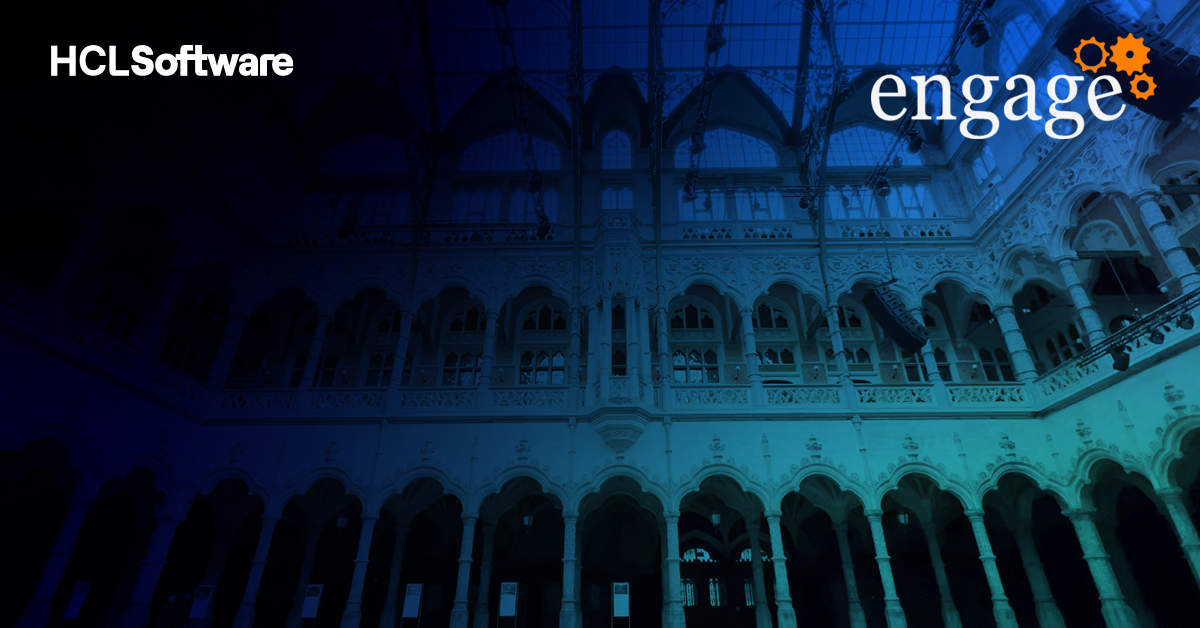Framework App to Web App: Part Three - Frameworks and the Internet
A Brief History of Web Development
Until now, the series has focused on XPages. That's understandable considering my previous series that this is inspired by. However, recently it's become apparent that much of this series is relevant to a much wider audience than just XPages developers. Most web developers are used to developing with a specific framework. That's understandable considering the history of the last 20+ years. But that means this series is relevant to a much wider audience than HCL Domino developers using the JSF-based XPages framework.
 Later this month I will be attending Engage 2024. It will be a bittersweet experience. Engage was the first conference at which I spoke, a session that was way ahead of its time, highlighting the power of repeat controls in XPages and advocating against using View Panels. Ironically, at Engage this year, one of the sessions I'll be delivering has some similarities. But I'll cover the sessions I'm involved in chronologically.
Later this month I will be attending Engage 2024. It will be a bittersweet experience. Engage was the first conference at which I spoke, a session that was way ahead of its time, highlighting the power of repeat controls in XPages and advocating against using View Panels. Ironically, at Engage this year, one of the sessions I'll be delivering has some similarities. But I'll cover the sessions I'm involved in chronologically.